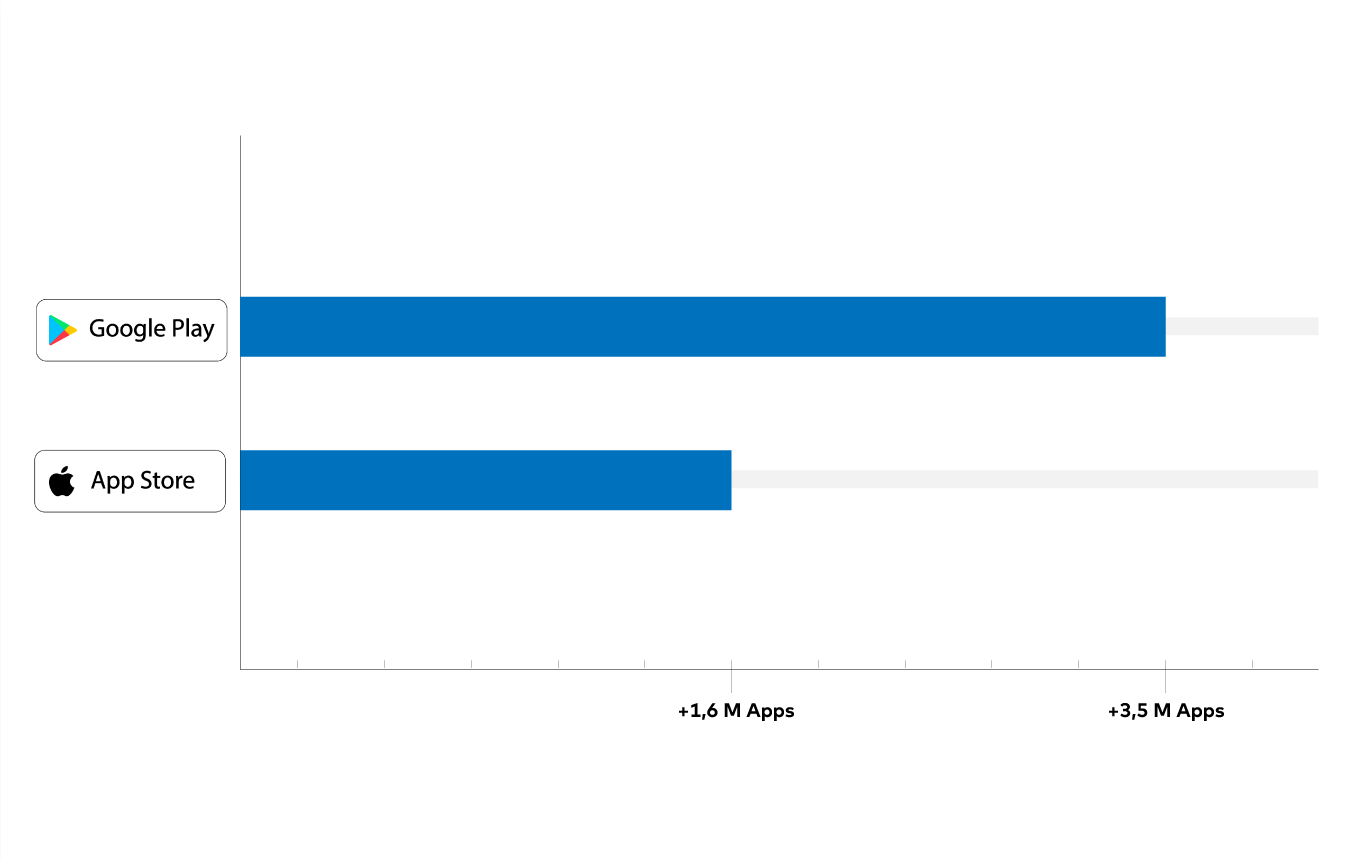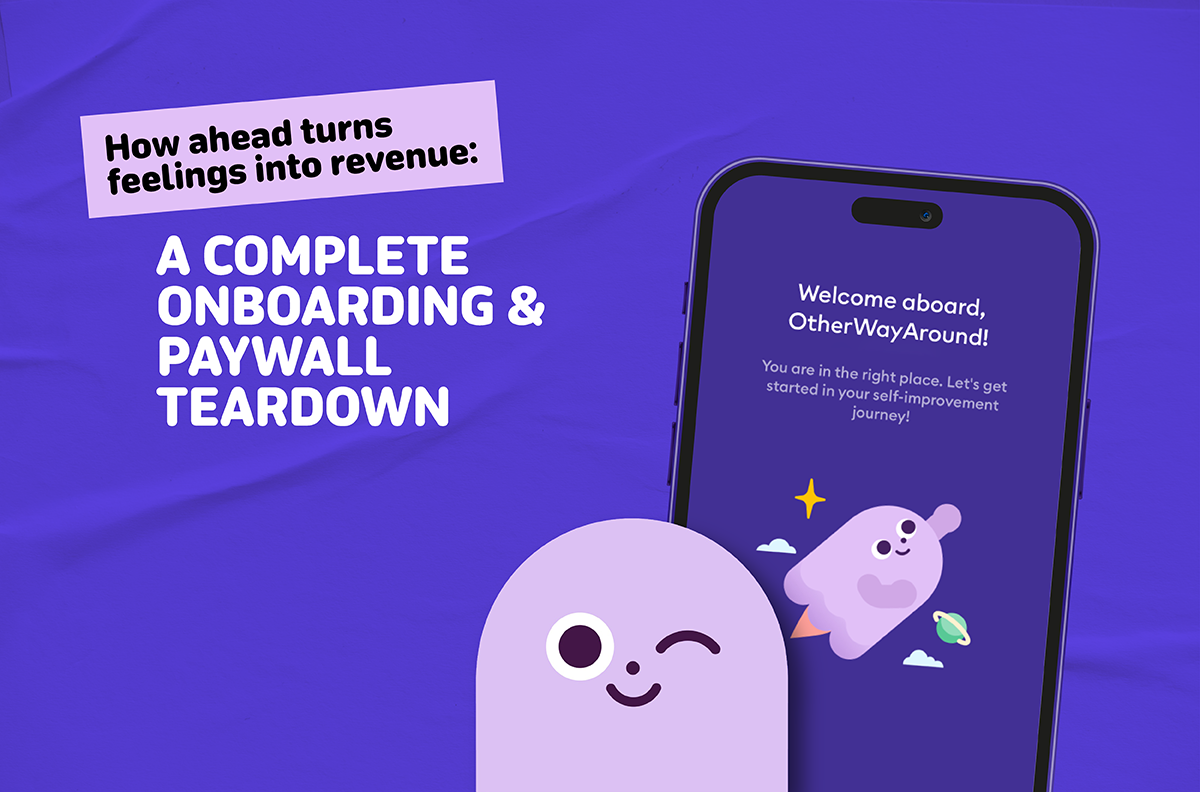The Importance of App Marketing for Small-Sized Apps
Being in the market isn't enough! Discover the obstacles that small and medium-sized apps encounter, and explore solutions to conquer them.
.png)
When it comes to the giants of the industry, their brand name often does the heavy lifting. Threads, an Instagram app has racked up 10M downloads in just 4 days. Was it because of their ingenious marketing strategy or the sheer power of Instagram? Here’s the thing: if you’re an app short on team and funds, mastering app marketing strategies is your only way out.
Why?
No one's going to buy a product they're unaware of.
If;
- You're hidden away in the depths of app stores,
- Your ads won't even graze your target audience,
- Your product pages don’t convert,
It's a harsh reality, but the downloads you want will remain a distant dream.
The Unique Challenges Faced by Small Apps
Let’s start by defining what we mean by a small-sized app and then portray the world you’re already experiencing to highlight the harsh reality for you.
If your team could be comfortably seated around a single table with less than 20 chairs, and your monthly ad budget is lower than $40K, then welcome to the underdog club. And that’s not a bad thing. Amazon, Facebook, Instagram... They all once occupied this very space.
Now, let's talk numbers. You’re in a competition with +5.1M participants – +3.5M apps on the Google Play Store, and +1.6M on the Apple App Store as of Q3 2022.

If you're comfortably seated among the top 10 ranks for keywords that resonate with your app, kudos! But if not, the odds of users stumbling upon your app organically are about as high as spotting a unicorn in the wild.
Now, the thought might cross your mind – "I'll just run some ads then." While that's an option, here's the cold, hard truth: do you possess the financial muscle?
Being a big name is no walk in the park but it comes with perks visibility and audibility. They can simply open their coffers, pay the price, and voila! Instant visibility on a new keyword. Dropping $40 dollars per tap for a keyword in the U.S. is child's play for them. But let's be real. That's a luxury you don't have, right?
How to Overcome These App Marketing Challenges?
In the words of Philip II of Macedon, though originally meant for a different context, let’s divide and conquer.
There are essentially two avenues for your app to be discovered.
- Discovery through ads
Users either stumble upon your ads on social media platforms, Apple Search Ads, Google App Campaigns, or the like.
- Discovery in app stores
Or, they chance upon your app while scrolling through the app stores. Featured apps, today tab, search results, etc…
Regardless of your chosen avenue for paid advertising, there's one non-negotiable: App Store Optimization. Because that will determine your organic rankings and whether your users are coming from paid or organic, they’ll make their final decision by looking at your product page.
And before you think, "How much can ASO really influence? Well, optimizing app icon and screenshots can increase downloads by +22%.
So, yes fellas, you need to take care of the the key elements of your app store product pages.
To add which channel or channels next to ASO, is up to you. You need to analyze these paid channels and identify which of them is more profitable. In other words, which channel you target audience spend more time on.
But here's the thing – to really succeed, you need a plan that puts everything together in a smart and sustainable way.
Here’s what you should have:
- A Strategy Roadmap:
Setting goals, and mapping out strategy roadmaps provide a clear direction for your journey. You must know where you're headed, how well you're progressing, and when it's time to make a strategic turn.
- Performance Assessment for Channels:
Don’t advertise-and-forget. Track your performance on each channel with the right metrics. If you do everything right yet still can’t hear the applauses (conversions), you need to reconsider that particular channel and readjust your budget.
- A system for keyword research and validation:
To ensure you're hitting the right keywords with pinpoint accuracy. Don’t waste your best keywords in the keyword field or use the same keywords in title, subtitle and keyword field and waste your precious space. Missing out on these opportunities could mean leaving potential users untapped.
- A/B testing system:
Through A/B testing, you're cultivating fresh ideas that have the potential to spark significant increases in conversions, refining your approach in the process. If you don’t have a system, you’ll waste your money on irrelevant experiments or on experiments without a meaningful end result.
- Data-Driven Optimization System:
By analyzing data, you gain insights into what's working and what isn't. This empowers you to optimize your strategies, minimizing wasted budget and maximizing results. If you go by your guts, your results will most likely be the opposite.
Remember, when dealing with a tight budget, the ability to make strategic choices becomes even more vital. By mastering this framework, you're not only optimizing your efforts but also ensuring that every penny counts.
And here's the secret: once you've mastered these, you won't need an agency ever again. You'll expand your reach to a larger audience, convert more visitors into loyal fans, all while making the most of your limited budget.
Discover the 6-Month App Growth Program.
Break free from clutches of agency dependencies.
Now.


.png)
